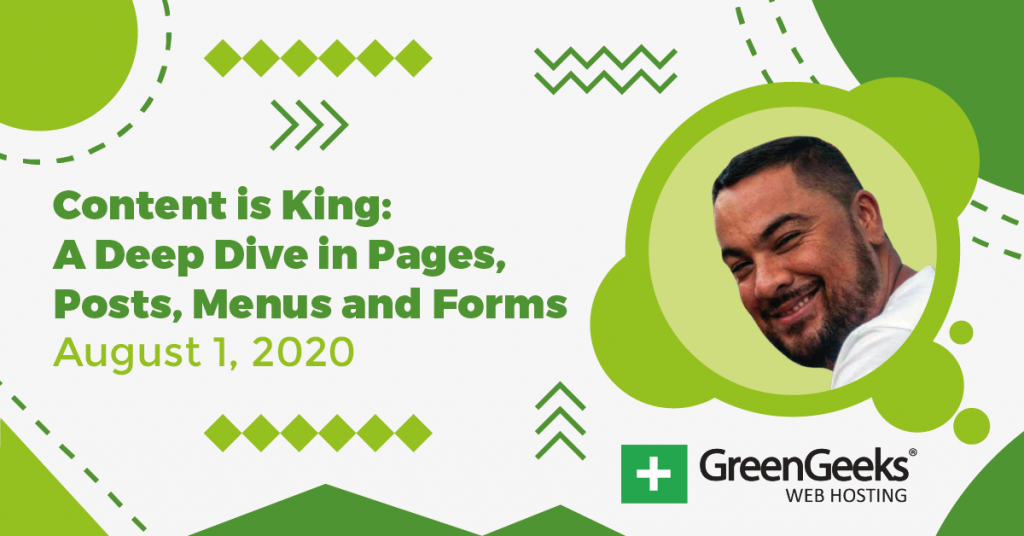As the saying goes, “A picture is worth a thousand words.” On your WordPress site, it can also be worth increased engagement and improved user experience.
Corey Maass, with more than 25 years of web development experience, shares key tips on optimizing images for success in this webinar.
The Importance of Images for Websites
Corey highlights how important images are for boosting user engagement, increasing conversion rates, and improving SEO. He explains that websites without relevant, high-quality images miss out on many opportunities.
Content with images gets 94% more views than text-only content. People also remember information better when paired with images. Additionally, articles that include images get twice as many social media shares.
There are two main types of images used online: photos (real-world images taken with a camera) and graphics (computer-generated images like illustrations, clip art, and infographics).
Colors and Their Emotional Impact
Colors are one of the first things our brains notice in an image, and they can greatly affect how we feel. For example, the colors red, blue, and green can each trigger different emotions.
Red often brings out strong feelings like excitement, urgency, or even anger. That’s why it’s often used in warning signs—red grabs our attention and signals danger or something important.
Blue, however, tends to create a sense of calm and trust. This is why many banks and social media platforms use blue in their branding—it makes people feel safe. Green is another color that’s tied to nature and health, which is why companies focused on sustainability or wellness often choose it.
When selecting images or designing graphics for a website, it’s important to consider how different colors affect emotions.
Rules for Creating Good Images
Corey shares some basic photography tips to help create visually appealing images.
First, there’s the rule of thirds. This means dividing your image into nine equal parts and placing important elements along these lines for a balanced look.
Another tip is symmetry and balance, where you create a pleasing image by balancing elements, like light and dark objects.
Corey also highlights the use of natural lines to guide the viewer’s eye to the main subject of the photo. Additionally, including objects in the foreground, middle, and background helps add depth to your images.
Importance of Images on Websites
Using high-quality, relevant images on your website is very important. Your images should also send a clear message. Pick ones that stir emotions and encourage actions, like getting readers to click a link or keep reading.
Furthermore, Corey advises against using memes or trendy images that can quickly become outdated. Instead, use images that stay meaningful over time.
Lastly, each image should support the story or purpose of the webpage. Avoid visuals that are irrelevant or distracting.
Trends in Web Imagery
In the webinar, Corey talks about some current design trends that can make a website look more appealing. These include round illustrations, 90s-style graphics with retro elements, and squiggly clip art for a fun, playful vibe.
If you’re not taking your own photos, Corey suggests using free image resources like Unsplash, Pexels, Pixabay, Stock Vault, and Freepik. These sites offer high-quality stock photos for free.
While AI-generated images are getting better, the quality can still be inconsistent, so use them carefully. Corey also stresses the importance of following copyright and licensing rules when using images from these sources.
Optimizing Images for WordPress
WordPress supports two main types of images: featured images, which are the main images for blog posts or pages, and in-content images, which are added throughout the content.
Featured images are especially important for archive pages, even if not displayed on individual posts.
In the webinar, Corey provides a few technical tips for using images effectively: use JPEGs for photos and PNGs for graphics, resize images before uploading to avoid large file sizes, and use tools like Compress JPEG or PNG to reduce file size without losing quality.
It’s also crucial to optimize images for mobile and add ALT text for accessibility.
Images Can Define Your Website Success
In today’s highly visual digital landscape, images are powerful tools that can elevate your online presence. Using them strategically on your website can significantly enhance your content and attract more engagement.
A well-chosen image can captivate your audience and make a lasting impression, while poor use of it can undermine your online efforts.



